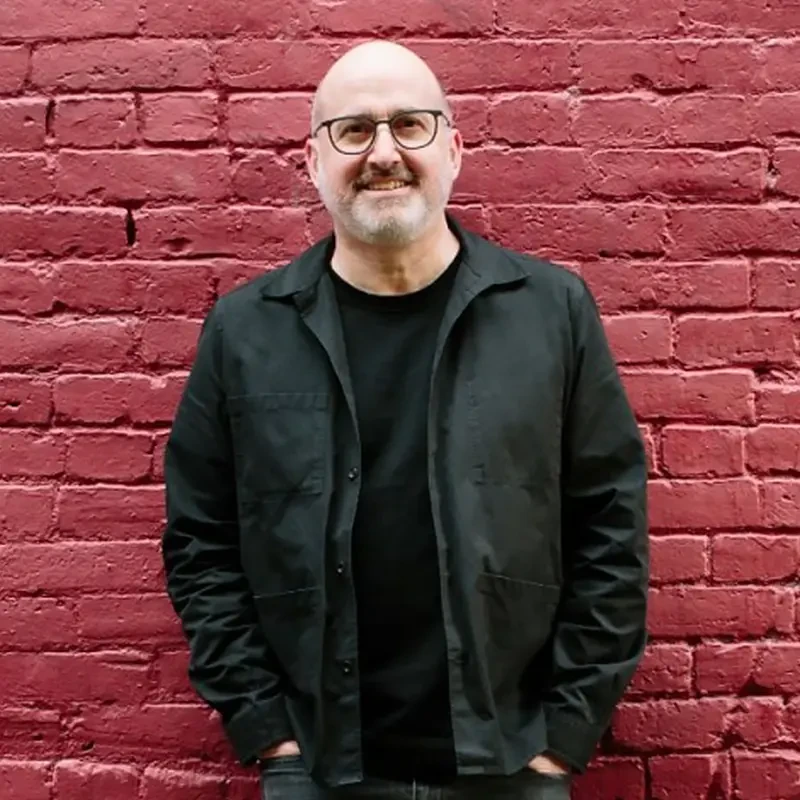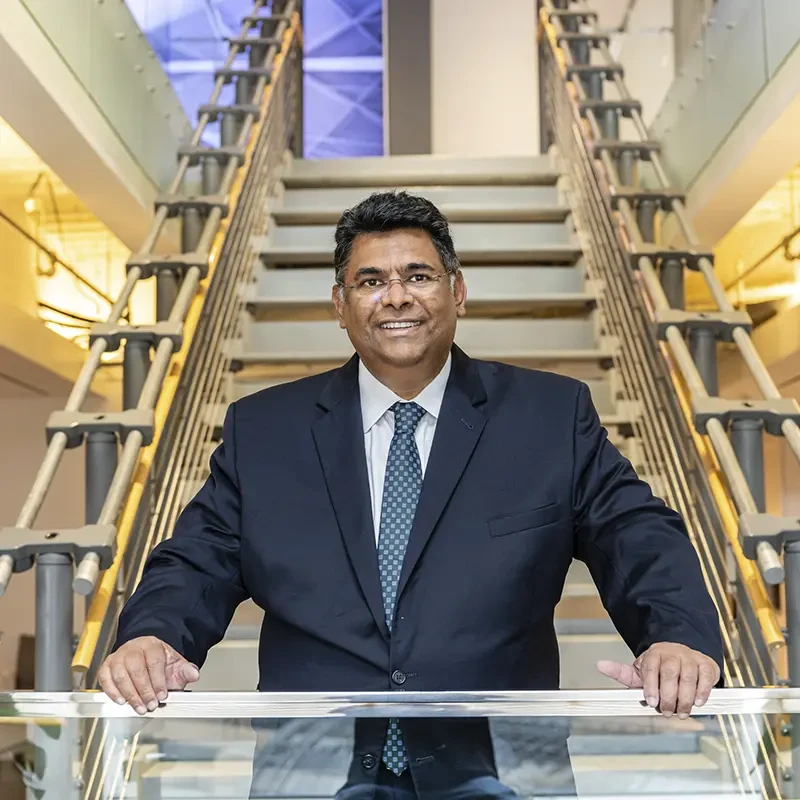
Taking the Long View
Scott Simpson
Design Futures Council Senior Fellow
July 24, 2024
Thoughts on the convergence of architecture, storytelling and social values.
When we think of the broad sweep of architectural history, what comes to mind first are enduring monuments such as the Great Pyramids in Egypt, the Acropolis in Athens and Notre Dame in Paris. Each required tremendous imagination, huge resources and decades to construct. They also served a specific purpose. These are buildings that people literally looked up to. They functioned as a daily reminder of the power of centralized authority, be it church or state. Despite their incredible technical sophistication, none of them required a computer or a building code to construct, and none was handicap-accessible or had exit signs. Today, even as we build megaprojects such as airports and sports stadiums, replicating such monuments beggars belief. How did the ancients pull it off, especially without modern technology? And even more importantly, what inspired them to try?
The answer is deceptively simple: Buildings are the way we tell stories to ourselves, and stories are what bind societies together, allowing them to function. One glance at a pyramid and the Egyptian farmer knew immediately who was in charge. The subtle proportions and exquisite craft of the Acropolis inspired the Greeks to invent things, like drama and democracy, social constructs that had been previously unknown. The sublime light that suffuses Notre Dame is proof, if any is needed, there are things beyond human comprehension worth striving for. As for telling stories, what better device than a cathedral’s stained-glass windows, which speak with great power while having no words of their own?
Buildings are the way we tell stories to ourselves, and stories are what bind societies together, allowing them to function.
If today’s buildings are how we express our values, what messages do they have to offer, and how should they be interpreted? As humanity has evolved, so has our capacity to build. While each structure must stand on its own, each is also part of an increasingly complex infrastructure. The urban fabric buildings create is like a life-form unto itself, growing over the earth like moss. Just imagine the stretch from New Haven to Philadelphia. Is it one city or several? From an airplane at 40,000 feet, it’s impossible to tell.
As authors of the built environment, architects play both a creative and an interpretive role. There is an increasing appreciation not only for the influence the built environment has on our daily lives (after all, people spend far more time inside than out), but also the pervasive influence it has on the overall health of the planet (some 45% of all carbon emissions are construction related). Architects, engineers and designers of all stripes have the ability (some would say the responsibility) to be good stewards as well as good storytellers.
Most people think about buildings in terms of place and space; a building is a “thing” unto itself, static in nature. Others see buildings primarily as containers or backdrops to support the activities that transpire within; they are stage sets that can be modified and reconfigured as needed. Still others understand buildings primarily in terms of their financial impact: What are the capital costs, the operating costs and the resulting ROI? A good building, like a good actor, plays all three roles well.
In this context, architects make a big mistake when they see their role as primarily transactional. In short: Get hired for a specific project, draw the lines, collect the fee (and then submit for publication or a design award!). End of story. Under this paradigm, the relationship between the architect and the building essentially concludes when the ribbon is cut. However, that is precisely the moment the building comes alive, welcoming its new occupants and supporting their various activities while providing shelter from the elements. Too often, architects see their role as prenatal, but their long-term impact is postnatal. That is why design thinking should focus on strategy as well as tactics. It is the long-term value of the work that matters most. This perspective is often overlooked or ignored entirely when pursuing new work, negotiating contracts and charging for professional services on the basis of “deliverables.”
The cost-to-value ratio of a building is determined in large measure by the length of time it remains in useful service. The longer it lasts, the less expensive it becomes on a cost per year basis. Real estate investors understand this concept and make their decisions accordingly. By contrast, long-term owners view things through a different lens. Often a building will be put to different uses, sometimes dramatically, over its useful life. A former industrial space can be reborn as a high-tech research lab. Such changes may not have been anticipated by the original designer or owner, but the value embedded in their work makes it possible. How should that embedded value be recognized or compensated?
The long-term value of the work matters most. This perspective is often overlooked or ignored entirely when pursuing new work, negotiating contracts and charging for professional services on the basis of “deliverables.”
As times change, the role and nature of an architect’s work needs to be reevaluated, as has been the case for many other professions. The usefulness of an architect’s services lies not in the lines drawn, but rather in the thinking those lines represent. As an analogy, it is the reasoning, not the typing, that makes for a persuasive legal brief. Design is inherently a value-added enterprise. After all, owners don’t build to spend money; they build to make money. Design thinking makes that possible. The buildings that result contribute not only to the client’s enterprise value but also to larger social goals.
Design is a universal language. One needn’t be Egyptian to be awed by the Pyramids, nor Greek to appreciate the many stories the Acropolis has to tell. It’s not necessary to speak French to love Notre Dame, as the recent outpouring of affection in the wake of its devasting fire amply demonstrated. Architecture speaks eloquently in all cultures and climates without needing an interpreter, which is why it is such a powerful communicator. Great design just needs to be seen to be experienced. Plazas and piazzas are the living rooms of cities. They have many stories to tell, just like libraries and museums. In fractious times, design can be a binding force because it provides a frame of reference everyone can relate to. Every building, large or small, has something to say, and much to teach us if we are only willing to pay attention.
Scott Simpson, FAIA, is a senior fellow of the Design Futures Council and a regular contributor to DesignIntelligence.





























































